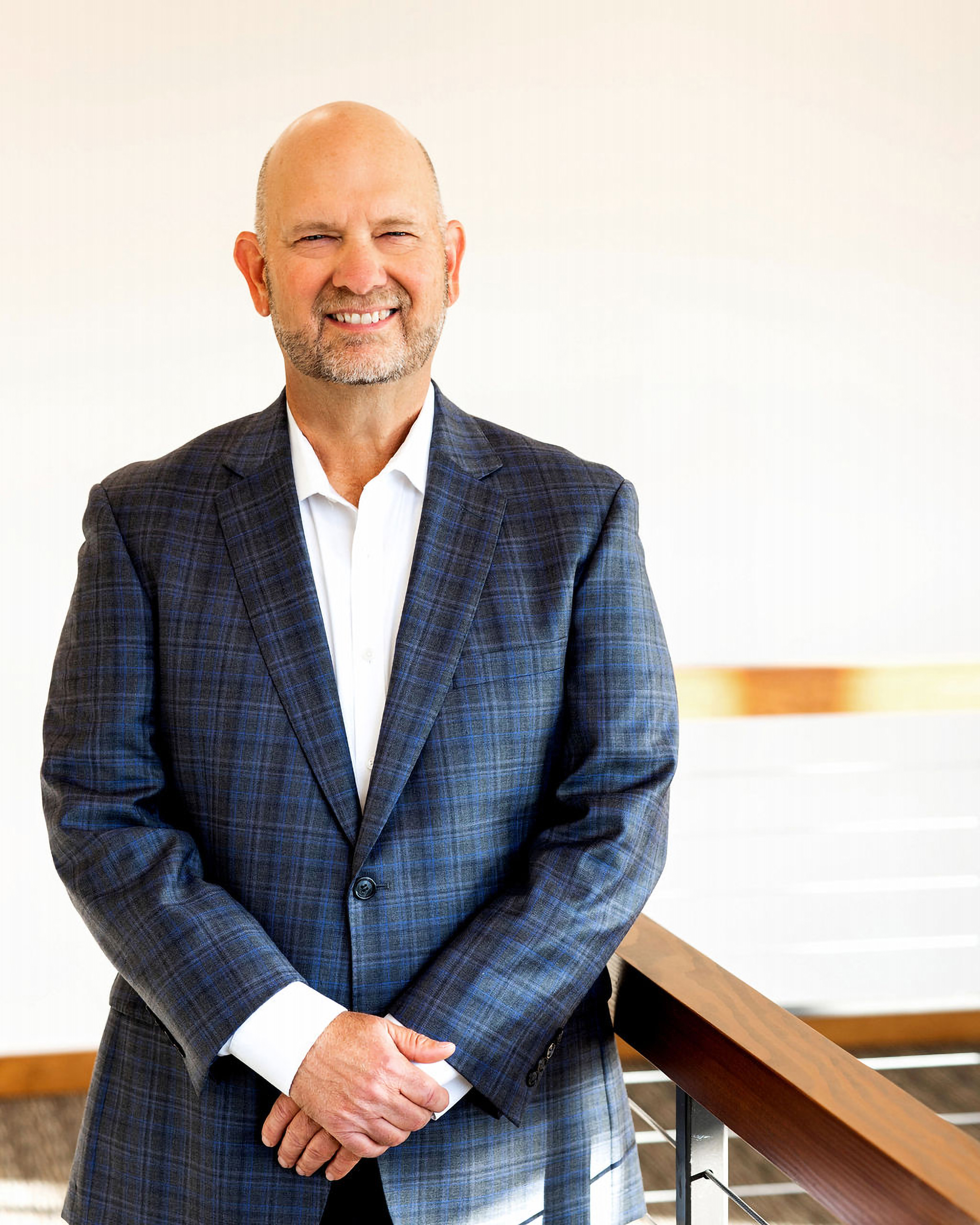Rise Private Wealth Mgt. Co-founder
Bob Bonfiglio

‘Reinvent yourself and reinvent your business every two to three years,’ suggests Bob Bonfiglio, co-founder of Rise Private Wealth Management. ‘You have to reinvent to break through that ceiling for more growth.’ (Courtesy photo) Before co-founding Rise Private Wealth Management, Bob Bonfiglio started his career as an engineer. After spending a few years at Texas Instruments and Raytheon, he went on to receive his MBA to get into business for himself.
When sharing his story on a recent episode of NH Business Review’s Down to Business podcast, Bonfiglio mentioned that his career pivoted after reading the book “What Color Is Your Parachute?” by Richard Nelson Bolles. After going through the exercises outlined in the classic career search book, Bonfiglio led himself down a path where he would officially start Rise Private Wealth Management, an Ameriprise Private Wealth advisory practice in Bedford.
Q. What is your leadership philosophy?
A. One of the things is, we have a strategic plan that we follow. We were exposed to a book called “Traction: Get a Grip on Your Business” by Gino Wickman, and he developed the entrepreneurial operating system. We decided to follow that system, and as part of that, we developed a 10-year plan, a three-year plan, a one-year plan and a quarterly plan. As part of that, also have a vision, mission and values.
We have four core priorities, and one of them is leadership development. (Rise Private Wealth Management CEO and co-founder) Brent and I decided when we founded Rise that we wanted to be a firm that was here for generations to come for our clients. In order to do that, we needed to develop the next generation of leaders.
We have a formal leadership development program, and (newer leaders) will learn things on how to do one-on-ones, things about change management, conflict management, etc.
We have put together a mentorship program for up-and-coming executive team leaders. They’re hooked up with one of our current executive team members who are another advocate for them in the organization that can help them develop over time.
I believe that’s very important for retention and recognition of people that they know.
Q. When a company is going to sell their business, what is the role of financial planners?
A. I work with a lot of business owners, and many of them think that the business is just themselves and when they go away, there’s no more business. And what I try to educate them on is that, yes if that’s how they’ve arranged things, then they’re exactly right.
One of the big influences in my career has been a book called “The E-myth Revisited” (by Michael E. Gerber).
One of the principals in that book was, if you’re going to take the trouble to be a business owner and own a business and run the business, then you might as well run it. You might as well build it to sell, so that at some point you’re able to capitalize on it. If you’re not interested in selling it, then why build it? why not just work for somebody else? why go through the pain, agony and torture of owning the business? where’s your investment? I took that to heart.
When I came into practice in 2007 and started building the business, that’s when I hooked up with Brent. We had similar values, similar vision, similar goals but different skill sets that complemented each other. So, we began to work together, and at first, the biggest reason to work together was that I’d have somebody — you know, God forbid, if I got hit by the bus — that he would help me with my clients. If he got hit by the bus, I would help him with his clients and his team. So, we had a formal succession plan.
Even if you’re in construction or some other kind of business, you can still do that.
Q. Can you share some insight into how to grow as a leader?
A. What I’ve observed from business owners and entrepreneurs that are highly successful is that they have a very compelling vision backed by a mission and values that they share with the team — that compelling vision that pulls you, that stretches you and causes you to strive to be better.
The second thing is they’re willing to take risk, and they’re willing to do what’s uncomfortable for them to grow. Growth and comfort don’t go together. Yeah, growth is uncomfortable, but successful entrepreneurs are willing to take that risk.
And the third thing that I find really key is to reinvent yourself and reinvent your business every two to three years. So, I’m playing a role today that I wasn’t playing three years ago. Three years ago, I was playing a role I wasn’t playing three years before that. And because I’ve developed people behind me, I’m able to do that.
With the business, every few years as it grows, it runs into a ceiling. And you have to reinvent to break through that ceiling for more growth.
Visit nhbr.com to read the full interview.